There are many kinds of interior details that instantly make an apartment feel luxurious: A soaking tub; an en-suite bathroom; stainless-steel appliances; marble countertops or exposed brick.
But when it comes to major wow factor and an undeniable feeling of grandeur, nothing does the trick like a vaulted ceiling. Aside from making a space feel even bigger than it already is, there’s something undeniably lavish about having tall ceilings in a city notorious for its cramped living spaces.
In honor of Archtober, NYC’s Architecture and Design Month, we’re taking a closer look at vaulted ceilings, specifically barrel-vaulted ceilings — the how, why, oohs and ahs.
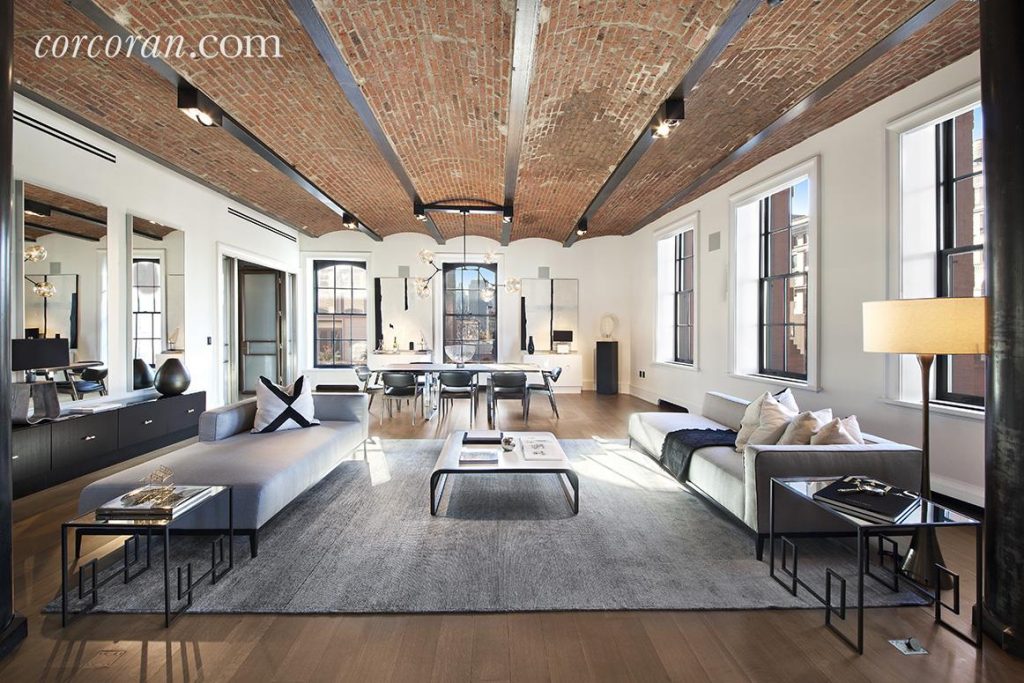
Barrel-vaulted ceilings at Puck Penthouse’s #PHIII in Nolita.
What is the purpose of a vaulted ceiling?
While there are many types of vaulting, they all perform more or less the same function, which is to hold up the ceiling and/or the roof above. Teo Quintana of Tribeca’s Marvel Architects says that the differences between types of vaulting “are sometimes structural, sometimes due to ease of construction/available materials, and sometimes aesthetic.”
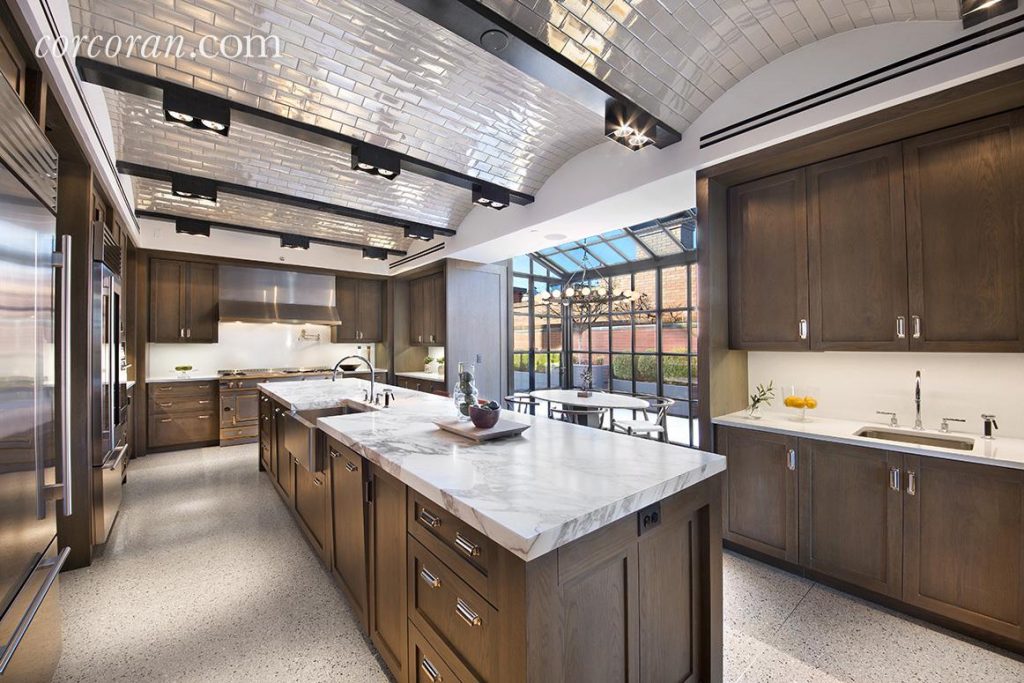
Barrel-vaulted ceilings at the Puck Penthouse’s #PHI are covered in iridescent ceramic tile.
“Like many architectural forms, there is a historical or structural logic behind them, yet frequently the form becomes so popular that it gets used for entirely aesthetic reasons in places where it’s not needed,” Quintana says, adding “for a long time there have been ceilings built with ‘false,’ or unnecessary, vaults.”
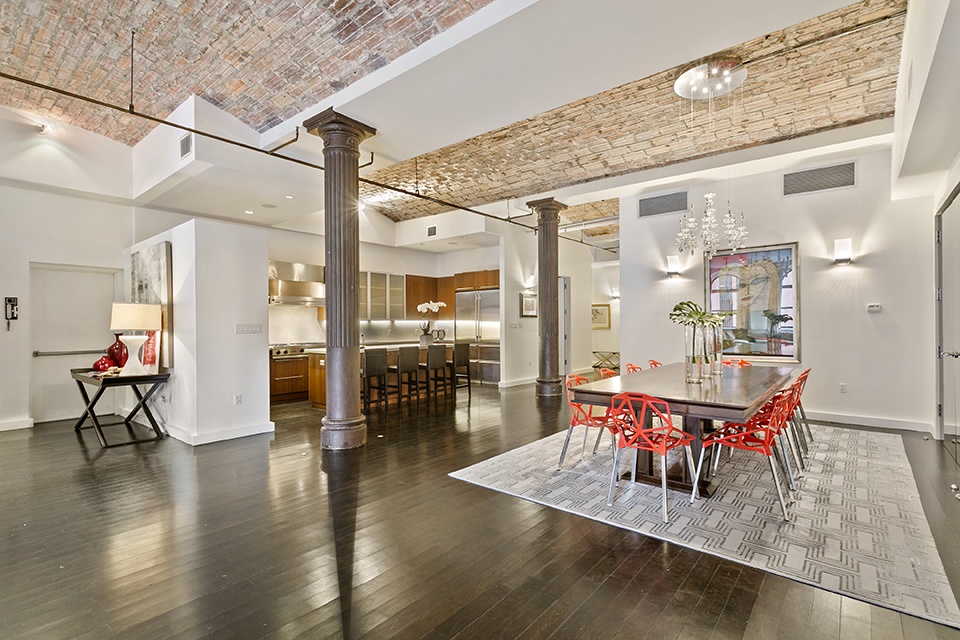
Vaulted ceilings at 704 Broadway #3 in Noho.
Structural Logic Behind Barrel-Vaulted Ceilings
One form of vaulted ceiling that is often emulated in New York City lofts is the barrel-vaulted ceiling. While many architects may not classify barrel-vaulted ceilings the same way New York City real estate does, barrel-vaulted usually refers to a very high vault, one that looks like a barrel that has been sawed in half. In NYC real estate, this translates to a vaulted ceiling with an arch, regardless of the degree of the curve or the ceiling’s height.
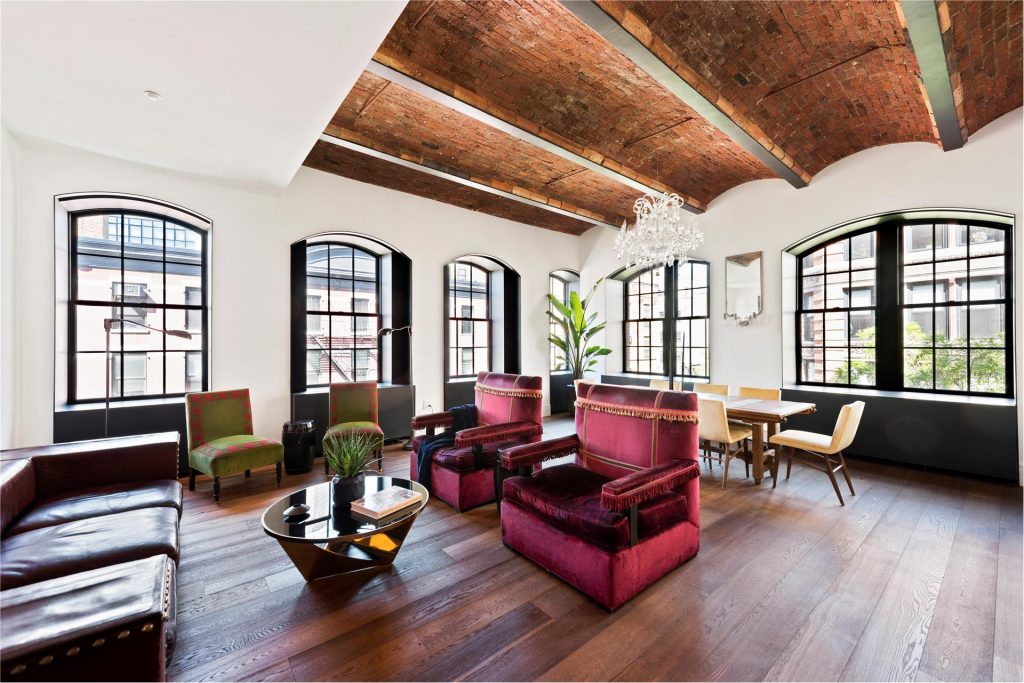
The Schumacher #5B in Noho.
Quintana says that barrel vaults were originally used as a way to build a ceiling over a very wide room, like a church. The structural principle behind this design was very similar to that of a barrel — meaning there were ribs, like a barrel’s metal hoops, supporting the material of the ceiling above. Without vaulting, it would be extremely difficult to hold up a flat ceiling across such a wide room; the beams spanning from each wall would have to be both very long and very wide. Vaulting was a structurally efficient solution.
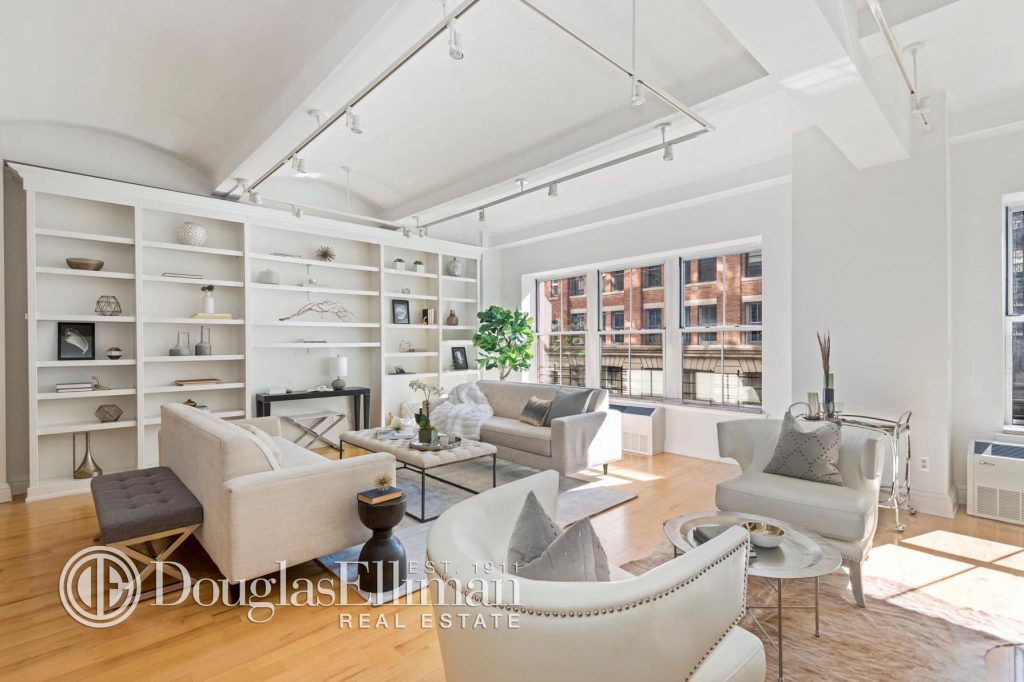
Barrel-vaulted ceilings at 27 North Moore #3B in Tribeca.
Quintana says that sometimes barrel vaults were built with brick, sometimes with wood beams, adding that “vaults or arches don’t have to be made out of bricks to be structurally efficient designs.”
Pros and Cons of Having Vaulted Ceilings
One StreetEasy user who lived in a building with barrel-vaulted ceilings raved of their soundproofing capabilities, claiming “it was pretty much impossible to hear your upstairs neighbor stomping around.” In addition to the obvious perk of making a space feel bigger, vaulted ceilings are usually accompanied by larger windows and therefore, better natural light.
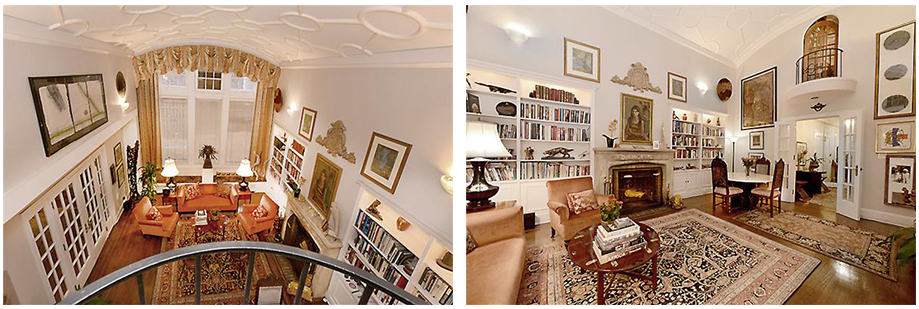
18-foot barrel vaulted ceiling at 35 East 9th Street #3 in Greenwich Village.
On the flip side, because vaulted ceilings make a space much bigger, they create more space to heat in the winter or cool in the summer, thereby increasing energy costs.
Related:










